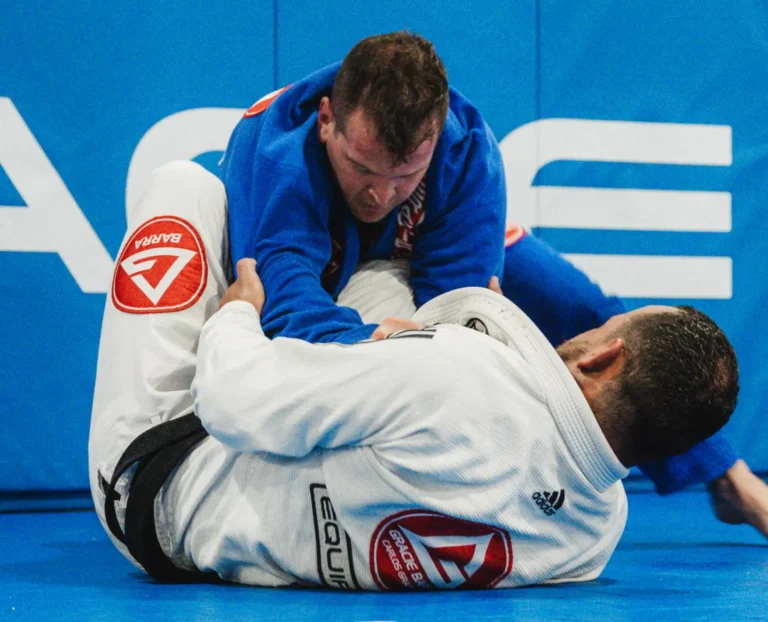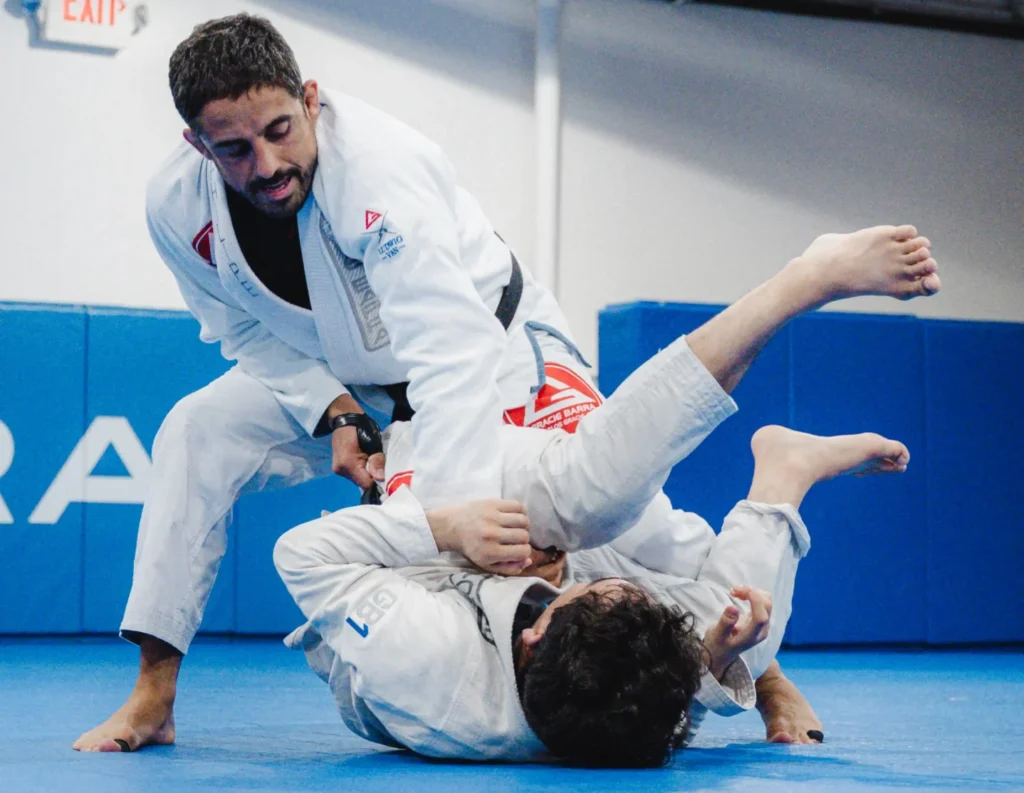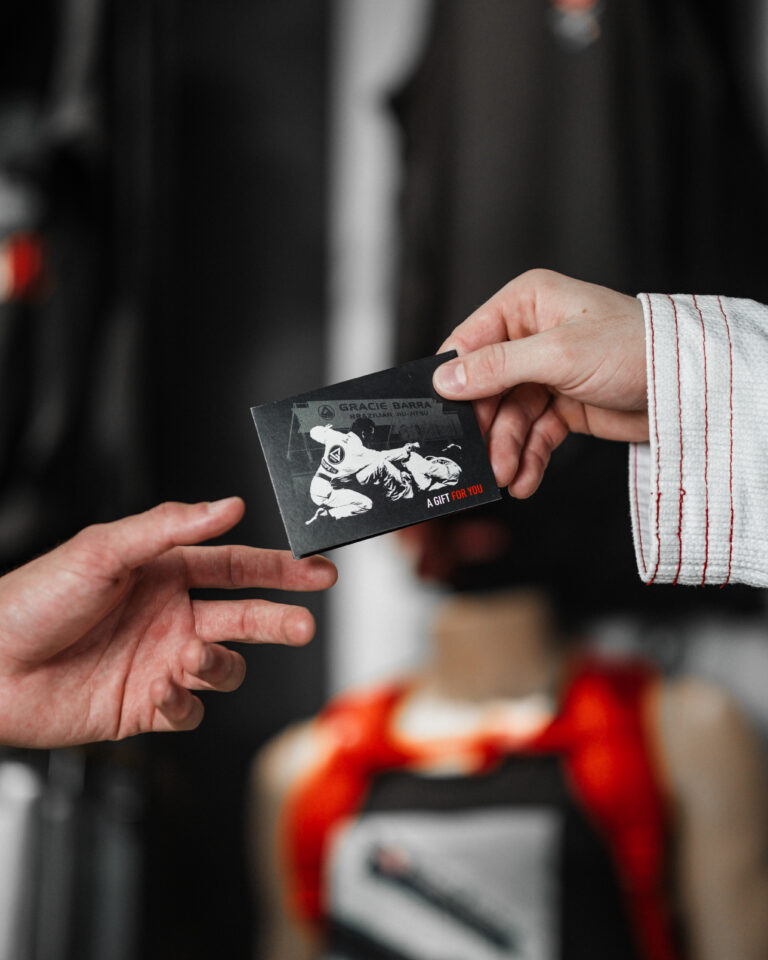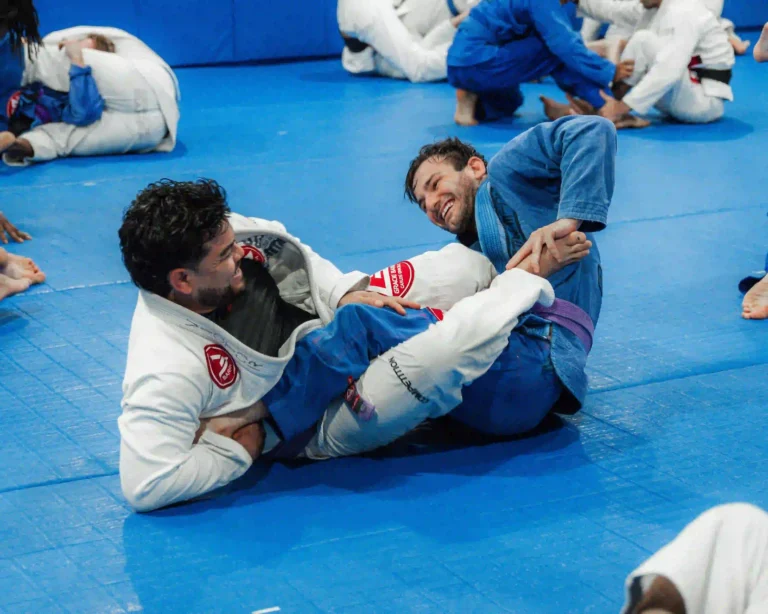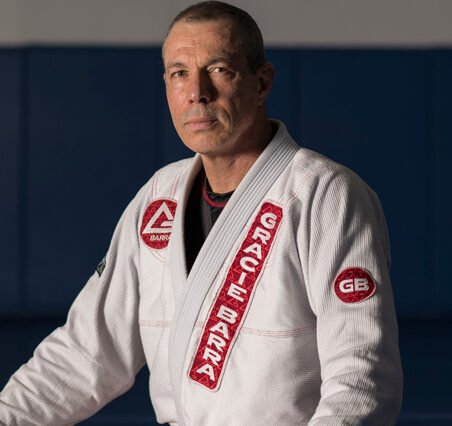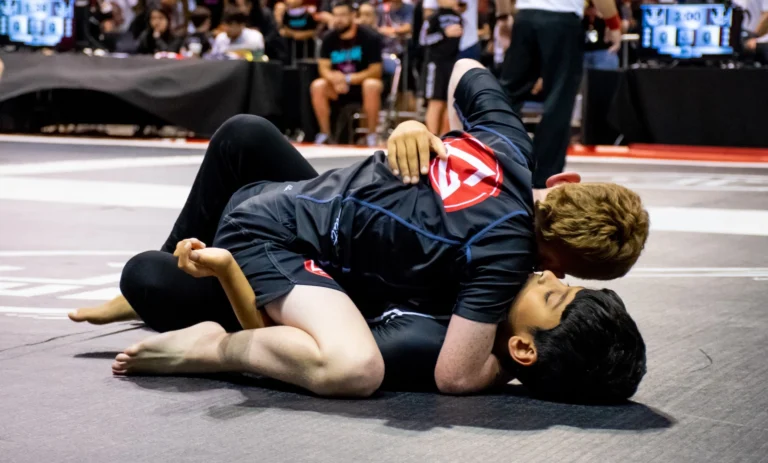Brazilian Jiu-Jitsu competition is a dynamic and complex sport, governed by a strict set of rules to ensure the safety and integrity of athletes. The International Brazilian Jiu-Jitsu Federation (IBJJF) is the main governing body, and understanding its rules, especially the prohibited positions and submissions, is absolutely crucial for any competitor. At Gracie Barra Headquarters in California, Jiu-Jitsu instruction goes beyond techniques; it encompasses a deep knowledge of the regulations, preparing our students to compete intelligently, safely, and legally.
The Importance of IBJJF Rules in Competition
The IBJJF rules serve two main purposes:
- Athlete Safety: Most prohibitions protect joints and the neck, which certain attacks make particularly vulnerable to injury.
- Sport Integrity: The rules ensure athletes practice the sport within a framework that values positional control and classic Jiu-Jitsu techniques, rather than high-risk movements that could result in serious injury.
Knowing the rules is as important as mastering techniques. An illegal move, even if accidental, can lead to disqualification, a lost match, and a compromised tournament journey. In our competition programs at Gracie Barra Headquarters in California, we dedicate time to simulating match scenarios and reviewing the rulebook. We do this to ensure our athletes are fully prepared.
Prohibited Positions and Submissions by Belt Rank and Age
IBJJF rules are progressive. The rules for a white belt may differ from those for a black belt. Age categories also have more restrictive rules for children and older athletes. Below, we detail the most common prohibitions:
For All Belts and Ages (Universal Prohibitions)
Certain actions and positions are universally prohibited. They result in immediate disqualification at any level:
- Slamming: You cannot throw an opponent from a high elevation to escape a position or submission.
- Spiking: Do not force the opponent to fall directly on their head to escape a submission.
- Neck Cranks: Submissions that apply direct and excessive pressure to the cervical spine, such as the Can Opener from closed guard or a general Neck Crank, are not allowed. The exception is the RNC (Rear Naked Choke), which is a blood choke.
- Talking or Insulting the Opponent: Unsportsmanlike conduct is strictly prohibited.
- Hair Pulling, Striking, Biting: You cannot use any form of non-technical attack.
White, Yellow, Orange, Green, and Blue Belts (and Kids Categories)
These belts have the most restrictive rules to ensure the safety of less experienced practitioners.
- Leg Attacks (Leg Locks): The rules prohibit most leg locks. No Kneebar or Heel Hook is allowed. Only the Straight Ankle Lock is permitted for blue belts and above. For white, yellow, orange, and green belts, officials prohibit all leg attacks.
- Guillotines from Closed Guard: The rules prohibit guillotines from closed guard (where the bottom athlete submits the top).
- Shoulder Locks: The Kimura and Americana are allowed. However, officials may deem more advanced shoulder locks that dangerously twist the shoulder (like the Omoplata from a mounted position) dangerous if athletes do not apply them correctly.
- 50/50 Guard: The 50/50 Guard is prohibited for white belts.
Purple Belts
At the purple belt level, the range of permitted submissions increases, but important restrictions remain.
- Leg Attacks: The Straight Ankle Lock and Kneebar are allowed. However, athletes cannot use Heel Hooks.
- Guillotines: The rules still prohibit the guillotine from closed guard.
Brown and Black Belts
These are the belts with the fewest restrictions, reflecting the athletes’ experience and control.
- Leg Attacks: All leg locks are permitted, including Kneebars and Heel Hooks. However, officials may disqualify heel hooks in certain positions, such as the Berimbolo, if athletes apply them without control.
- Neck Cranks: The Ebi Jime (neck crank from side control), which is prohibited at lower belts, is permitted.
Alt Text Suggested: IBJJF referee explaining competition rules to athletes on the mat.
The Role of Gracie Barra Headquarters in Your Preparation
At Gracie Barra Headquarters in California, we consider preparing for championships an integral part of our curriculum. Our instructors teach the most efficient techniques. They also:
- Regularly Review Rules: We review and discuss the IBJJF rules in our competition programs to ensure all students are up-to-date with the latest guidelines.
- Simulate Championship Fights: Our competition classes include simulations of fights under specific IBJJF rules. This allows students to practice and identify illegal moves before a tournament.
- Teach Safe Transitions: We emphasize safe transitions between positions, such as entering leg locks in a controlled manner. This minimizes the risk of injury and disqualification.
- Focus on Safety: Our motto, “Jiu-Jitsu for Everyone,” means safety is always our priority. We teach the ethics of fighting with control, respecting the opponent and the rules.
Conclusion: Compete Smartly at Gracie Barra Headquarters
Understanding and respecting the positions prohibited by the IBJJF is essential for any serious Jiu-Jitsu competitor. This demonstrates not only good technical knowledge but also a professionalism and ethics that Gracie Barra values.
At Gracie Barra Headquarters in California, we prepare our athletes to be champions in every sense: with superior technical skills, an arsenal of effective submissions, and impeccable knowledge of the rules. By training with us, you will be ready to compete with confidence, safety, and the respect that the martial art demands. Come learn the art of fighting not just with strength and technique, but with intelligence and strategy, at the heart of global Jiu-Jitsu.



